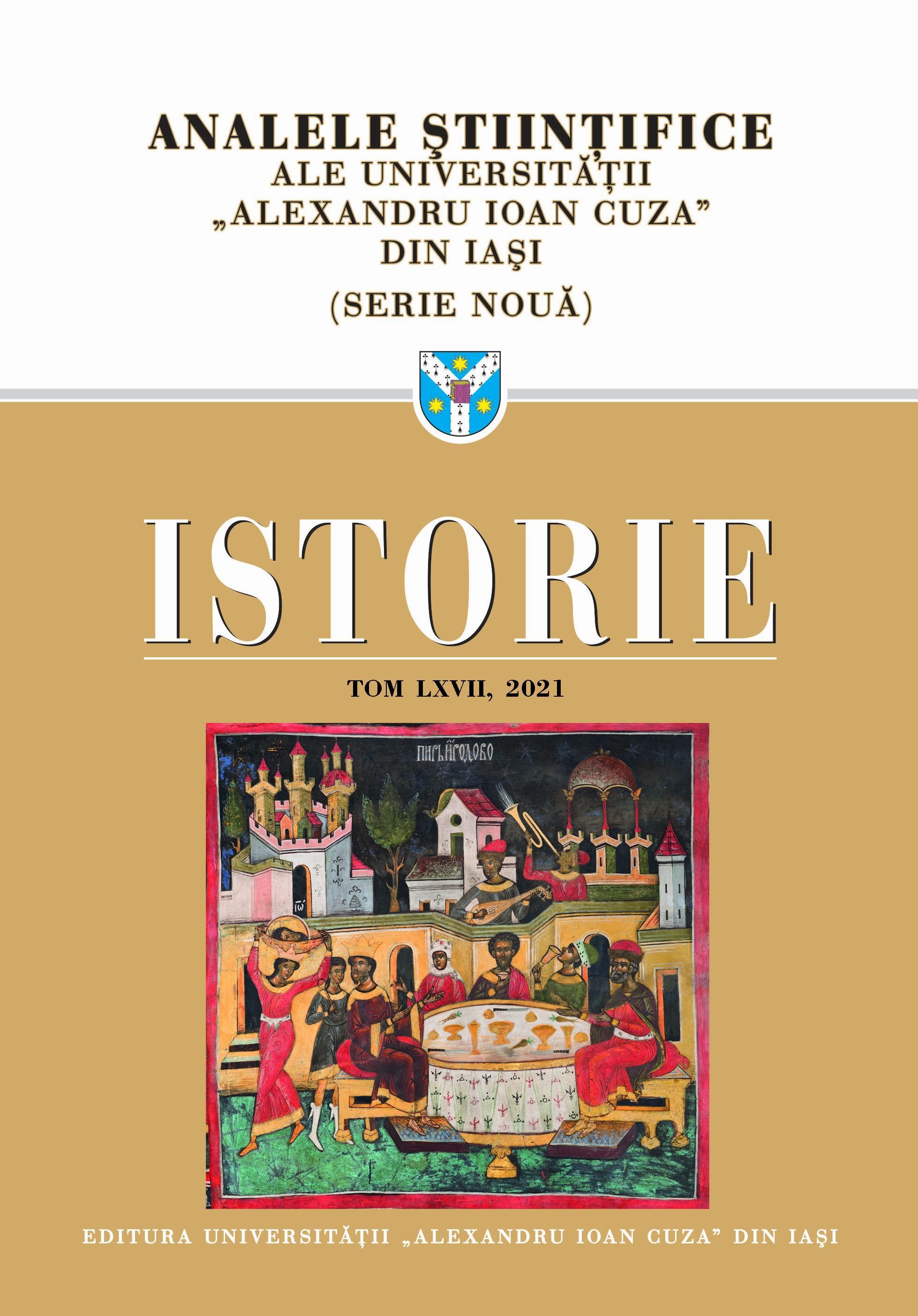Between “millet” and self-determination: the Ottoman-Armenian case
Between “millet” and self-determination: the Ottoman-Armenian case
Author(s): Remus TanasăSubject(s): History, Cultural history, Political history, Social history, 19th Century, The Ottoman Empire, History of Islam, History of Religion
Published by: Editura Universităţii »Alexandru Ioan Cuza« din Iaşi
Keywords: Ottoman Empire; 19th Century; millet; modernization; national awakening; Islam; Armenian Question;
Summary/Abstract: The “millet” was an ethno-religious community within the Ottoman political system, created in order to facilitate the act of government and the relationships between the numerous religions and ethnicities ruled by the Sultans and Ottoman authorities. The Armenian “millet” was defined by three dimensions that shaped for better or worse the “Armenian question”. Firstly, the geopolitical characteristic of the Empire: the center of power where most important decisions were made was Istanbul, while the powder keg of the matter in discussion was Eastern Anatolia. Secondly, the daily cohabitation of Armenians and Kurds at the eastern border of the Empire, where they needed to share and fight for the same land and resources. Last but not least, the diplomatic interests that transformed the Ottoman Empire into an open field of battle for influence. All this elements shifted the commitments of the Armenian leaders and the decisions of the Ottoman government in such a way that the path from “millet” to “self-determination” blended together gradual reform and secessionist activity.
Journal: Analele Ştiinţifice ale Universităţii »Alexandru Ioan Cuza« din Iaşi. Istorie
- Issue Year: 2021
- Issue No: 67
- Page Range: 321-330
- Page Count: 10
- Language: English

